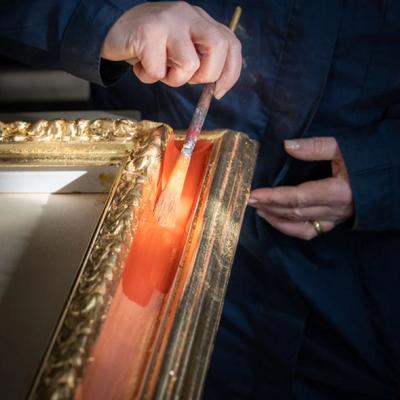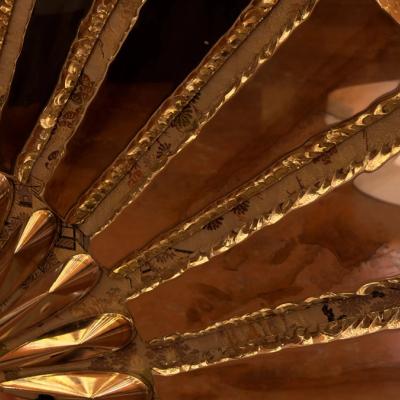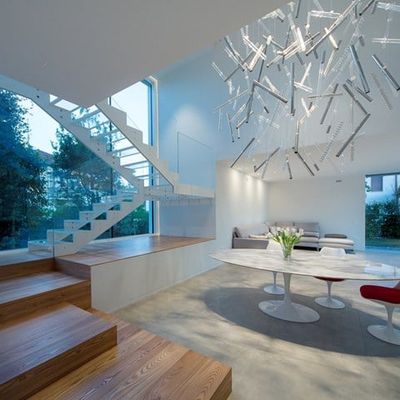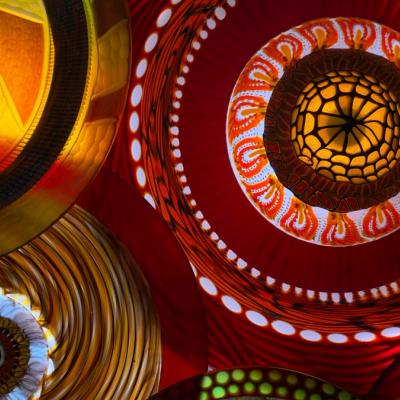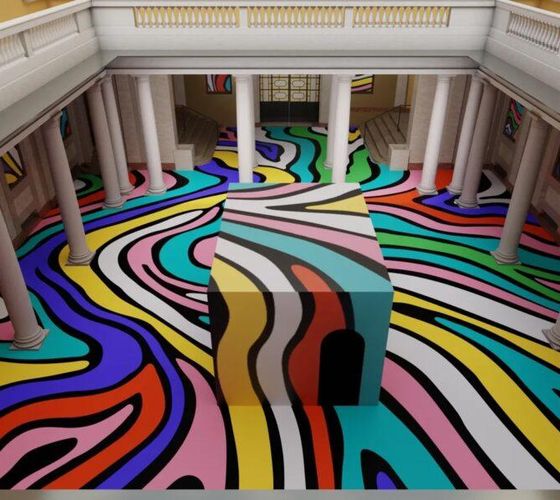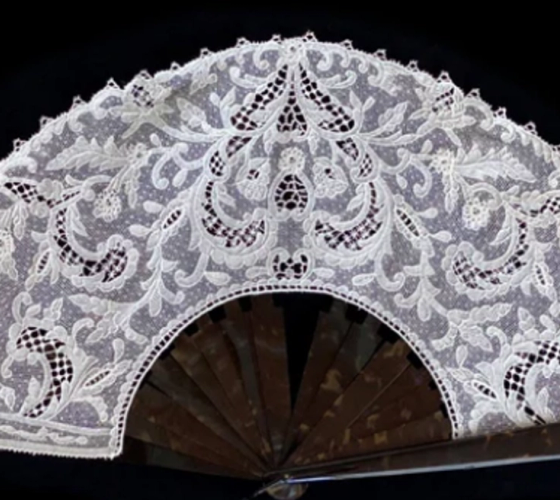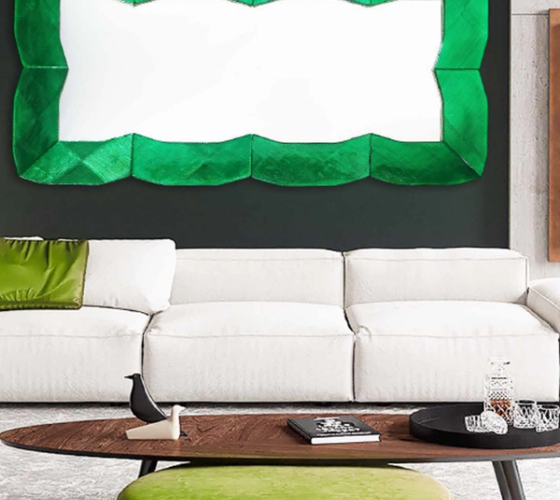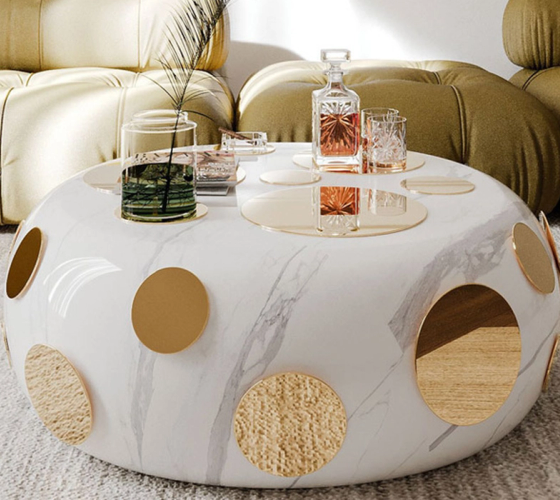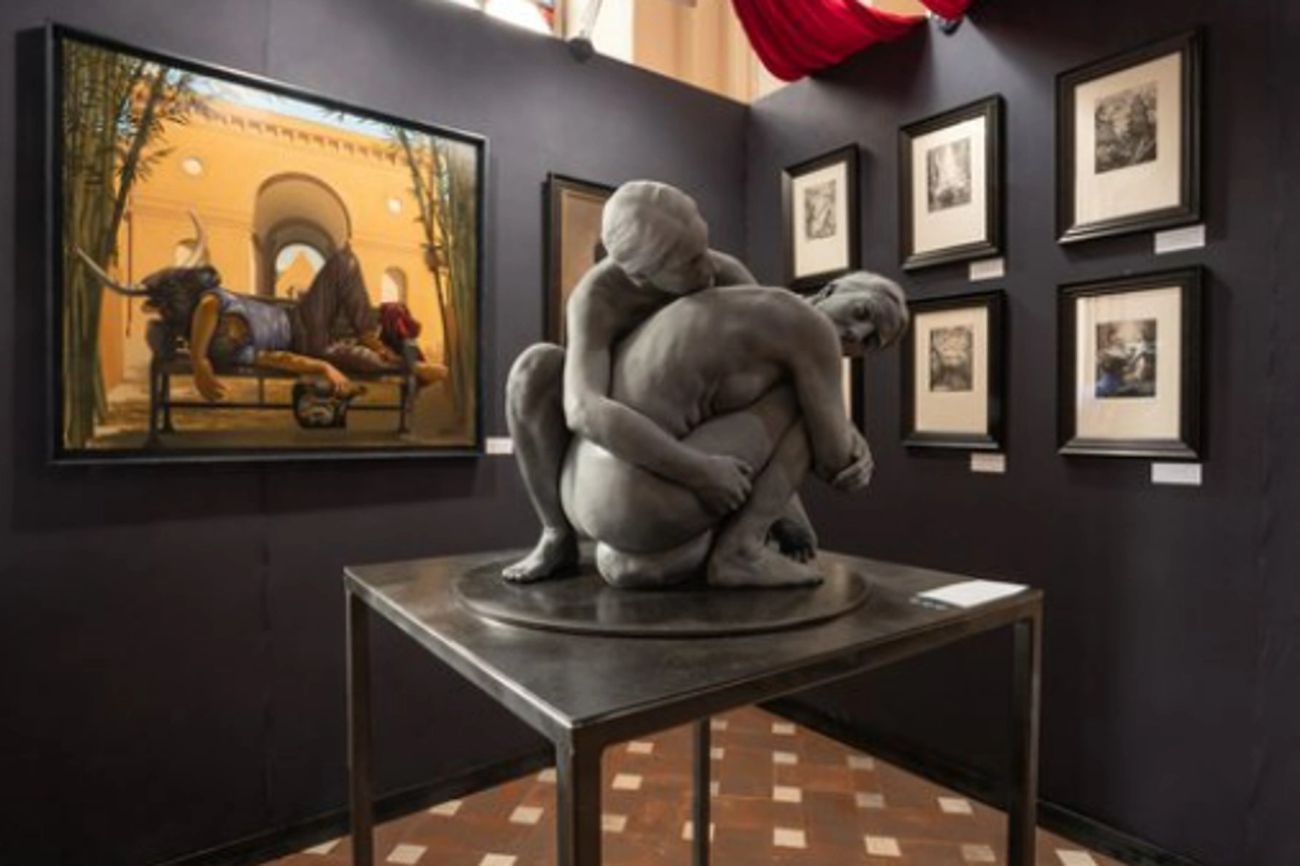
Art as a Storytelling Tool: How Interior Designers Use Art
The Power of Art in Interior Design
Art is more than a decorative element; it is a narrative device that transforms spaces into experiences, giving depth, character, and emotion to the environments in which we live and work. In high-end interior design, the integration of curated artworks has become a fundamental strategy for brand storytelling, emotional engagement, and differentiation. Whether in private residences, luxury hotels, or commercial spaces, art serves as an anchor for identity, shaping how people perceive and interact with their surroundings.
Why Art is a Critical Element in Space Design
Beyond Aesthetics: The Psychology of Art in Interiors
Interior spaces influence mood, cognition, and behavior. Studies in neuroaesthetics suggest that certain artistic compositions can evoke calm, inspiration, or even excitement, depending on factors such as color, form, and spatial placement. When used strategically, artwork enhances an environment’s emotional impact, reinforcing the intended function of a space.
Luxury brands, hoteliers, and residential designers understand that art is not an afterthought but a key element of a cohesive design language. It creates:
- A Sense of Place: Art contextualizes spaces, linking them to cultural, historical, or emotional narratives.
- Deeper Emotional Engagement: Personalized or bespoke artworks elevate interiors from generic to profoundly resonant.
- Memorable Brand Identity: In hospitality and retail, art becomes part of the brand story, ensuring that guests and customers leave with a lasting impression.
Case Study: Peter Marino’s Mastery of Art and Design
The Bulgari Hotel in Paris: A Lesson in Art as Identity
One of the best real-world examples of art being used as a storytelling tool is the work of Peter Marino, the world-renowned architect and interior designer known for his bold use of artwork in luxury retail and hospitality spaces. His design for the Bulgari Hotel in Paris is a testament to the seamless integration of contemporary art and historical narrative.
What Can We Learn from This Project?
- Art as a Cultural Bridge: Marino sourced pieces from contemporary artists and historical influences, linking Bulgari’s Roman roots with Parisian sophistication.
- Tactile and Material Depth: Sculptural elements, metal reliefs, and textured paintings were incorporated to engage guests on a multi-sensory level.
- Custom Commissioned Works: Rather than selecting pre-existing pieces, many artworks were created specifically for the hotel, reinforcing exclusivity and brand alignment.
The lesson for interior designers is clear: when art is curated with intent, it elevates a space beyond aesthetics, turning it into a living narrative that connects people to a brand or place in a deeply personal way.
Download Our Handbook: Discover how to integrate meaningful artworks into your interior projects. Download Now
Key Strategies for Integrating Art in Interior Design
1. Define the Narrative Before Selecting the Art
- Every artwork should support a broader concept: Is the space meant to evoke tranquility, prestige, creativity, or history?
- Art should reflect the ethos of the space—whether it’s a residential home telling the owner’s story or a luxury store reinforcing brand values.
2. Use Art to Define Spatial Hierarchies
- Large-scale works can create focal points that anchor an interior.
- Subtle, detailed pieces add layers of discovery, rewarding guests or clients who explore the space.
- Art can guide circulation, encouraging people to interact with different areas within an environment.
3. Curate Unique and Commissioned Pieces
- Rather than using off-the-shelf artworks, collaborating with local artists or commissioning site-specific pieces ensures that a space remains unique and memorable.
- Materials matter: Art should complement textures and materials in the design rather than appearing as an afterthought.
4. Blend Art with Architecture
- The most successful interiors integrate art into the architecture itself—from sculptural staircases to hand-painted ceilings.
- This technique ensures that art is not just decoration but an inherent part of the spatial experience.
The Role of Art in Different Spaces
Luxury Residences: Personal Expression Through Art
High-net-worth individuals often see art as an extension of their personal identity. Interior designers working on residential projects should consider:
- Curating collections that reflect the owner’s personality and heritage.
- Integrating art into multi-functional spaces, ensuring it enhances rather than overwhelms daily living.
- Leveraging sculptural elements to act as conversation starters.
Hospitality: Crafting a Distinctive Guest Experience
Hotels and resorts must differentiate themselves through immersive environments. The inclusion of artworks contributes to:
- A sense of exclusivity—each stay feels curated and unique.
- Guest engagement—hotels like The Edition and Aman use rotating art collections to enhance guest experiences.
- Local storytelling—featuring artists from the region adds authenticity and connects the space to its cultural context.
Retail: Enhancing Brand Immersion
Luxury retailers like Chanel, Louis Vuitton, and Dior frequently work with contemporary artists to transform flagship stores into experiential spaces. Through art, they:
- Create Instagrammable moments, reinforcing social media engagement.
- Establish cultural credibility, associating their brand with high art and design.
- Drive emotional connections, making shopping a multi-sensory journey rather than a transactional experience.
The Future of Art in Interior Design
As interior design moves beyond pure functionality, the role of art as a storytelling medium is becoming more vital than ever. Whether in luxury residences, retail, or hospitality, curated artworks add meaning, depth, and emotional resonance to spaces. The most forward-thinking designers understand that art is not simply an aesthetic choice—it is a strategic tool that shapes brand identity, creates lasting memories, and transforms interiors into immersive narratives.
Let’s Create Something Remarkable Together: For personalized consultations and curated solutions, contact us at hello@italianicity.com.
